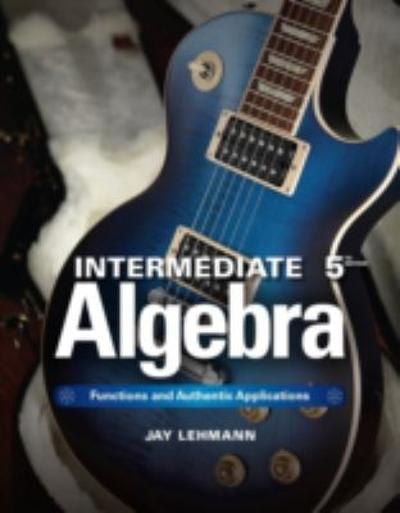Answered step by step
Verified Expert Solution
Question
1 Approved Answer
Problem 14.3 This problem concerns combinatorial auctions (Ex- ample 7.2) where each bidder i has a unit-demand valuation v; (Ex- ercise 7.5). This means that


Step by Step Solution
There are 3 Steps involved in it
Step: 1

Get Instant Access to Expert-Tailored Solutions
See step-by-step solutions with expert insights and AI powered tools for academic success
Step: 2

Step: 3

Ace Your Homework with AI
Get the answers you need in no time with our AI-driven, step-by-step assistance
Get Started


